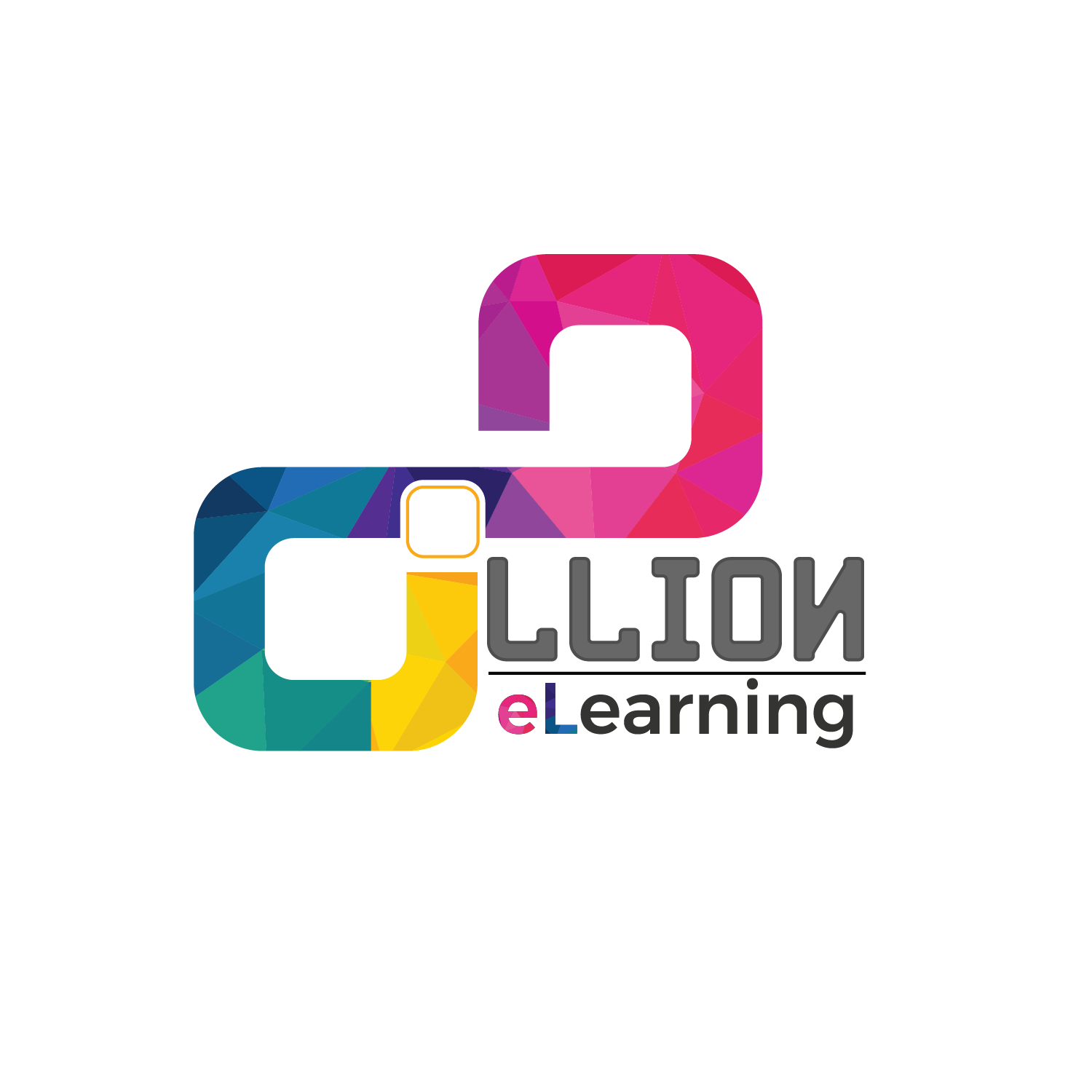5 Stages To Create a Rapid eLearning Course
In today’s fast-paced world, upskilling your workforce is preconditioned for competing. Gone are the days when taking your employees for training once a year was enough. Today’s market expects employees to be trained with new skills at a much faster rate. With the crippling economy and dwindling budget, the Learning and development department of every organization seeks ways to spend less and less on their eLearning training courses. Though they choose to shrink the budget, the quality of the courses is something that cannot be compromised. All these aspects make Rapid eLearning a pressing priority for every organization. This article will emphasize on Rapid eLearning and stages you must go through before rolling out your eLearning course.
What Does Rapid eLearning Mean?
As the name suggests, “Rapid eLearning” means the production of an eLearning course using lesser time and an easier developmental process. Usually, the process includes a project manager, graphic designer, interactivity programmer, subject matter expert, and an instructional designer. But in Rapid eLearning, the instructional designer makes the whole process a one-man show. The process takes about three weeks to complete without using any complex software. The courses are concise and easily digestible for the learners but also makes it easier for L&D professionals to complete the training cycle in a short time.
In brief, Rapid eLearning is a fast, cost-effective and efficient online learning development process of training your employees especially when corporate L&D teams are on a strict budget and want training courses to be delivered in minimum time.
5 stages of Rapid eLearning Development Process
Stage 1: Setting your expectations
Before you continue with the rapid eLearning process, it is important to discuss your goals, objectives, and expectations from the course. Though it is rapid and less costly, that does not justify any compromise on the quality or success of the course. The process cuts down a few steps but ‘planning’ and setting goals are not one of them.
Stage 2: Finalize the learning content
After you have set your core goals and what you want your learners and organization to gain from the course, its time to check if your content material is appropriate for the course development. As we have discussed above that in rapid eLearning, the instructional designer takes the role of the rest of the learning team including the subject matter experts. For this, it is important, that the content provided is proof-read and organized beforehand without any gaps.
Stage 3: Choose the right authoring tool
In the growing market of authoring tools, choosing one for your course is overwhelming. Authoring tools can be as simple as PowerPoint and as complicated as a video software suit. All you need to do is choose the one best for your Training program according to your needs and requirements. Adobe Captivate, Lectora and iSpring are one of the most preferred tools used for rapid eLearning and promises the best possible results.
Stage 4: Approved Templates
Having standardized templates approved by your managers makes it easier to create a flow in the course development process. It cuts down the time consumed in the designing process since the templates are professionally designed with tested and approved functionality. The considerate amount of effort and time used in conceptualizing, animating and programming can easily be saved by using templates provided by the authoring tools.
Stage 5: Double-check course outcomes
Before deploying the course to the learners, it is important to seek feedback about it from the learners. This ensures that the set objectives are being met and the outcomes are confirmed. Once the course is sent to the client for final minute changes and receives final approval, it can be sent for deployment either by hosting on LMS or company portal.
When you are seeking for a quick turn-around or have frequent software training to be delivered or have a tight corporate budget, Rapid eLearning is your answer. After asking these 5 questions you are ready to circulate your rapid eLearning training program.



